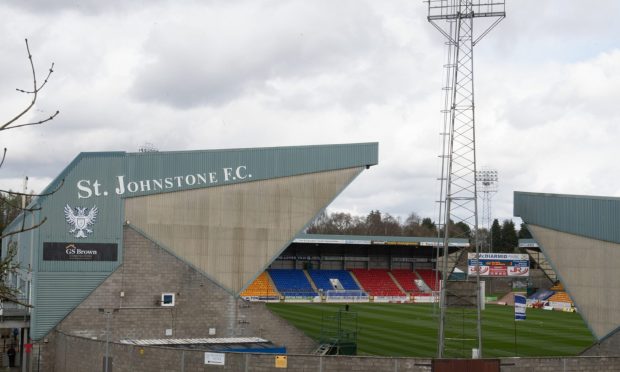I had drive around Galloway last week and visited Wigtown, known as “Scotland’s book town”.
I collect old dictionaries and, in a second hand bookstore brilliantly designed for serendipity, found a dusty copy of Ainsworth’s Dictionary of English and Latin for £28.
The book was once owned by an Alfred Saul, who attended Carlisle Grammar School. The date on the imprint is 1821, although Alfred has written “1894” under his name.
You need a magnifying glass to read the type on its 610 pages, it smells “gamey”, and opening it makes me sneeze. But I am pleased to own a (possibly) 202-year-old tome.
What I like about old dictionaries is their old definitions from the halcyon days before the worldwide web’s wicked ways wreaked widespread wrongdoing.
I’m often accused of old fashioned thinking. Well if that’s the charge then I am guilty m’lud. Set me to hard labour on bread and water.
I know words change; the language changes; everything changes; ch-ch-ch-ch-ch-changes (according to David Bowie).
While accepting this, I can’t abide words being given meanings that belong to words we already have.
I’ve moaned many moans about decimate meaning the same as devastate; epicentre meaning the same as centre; and (most ridiculously) literally not meaning literally.
Why do we need another word for devastated when devastated already means devastated?
I’ve noticed another horrible example: mooted. It now means suggested. “When the plan was first mooted” means when it was first discussed, not first suggested. Those are different things.
Moot is a venerable word from the Old English “gemot”. The noun means a formal assembly for discourse. A moot point is “subject to debate, dispute”.
So the past participle mooted, to mean “suggested”, can’t be correct. There is no root for this meaning. Yet modern dictionaries accept this imposter of a definition.
Other words are suffering a reworking of meaning through hyperbole.
Catastrophe is not fitting for losing a goal in a football match; a lady failing to re-fold cardigans did not cause carnage in a shop’s display area; the placing of an apostrophe in pie’s isn’t (quite) a disaster. These are shrill overstatements rather than definition drift.
But those words are losing their precise meanings and the language is weaker for it
My new old dictionary tells me carnage is from the Latin carnem, meaning flesh. The same root gives carnivore and carrion. You can’t properly have “carnage” without gore-spattered slaughter.
This definition drift nonsense wouldn’t be allowed in Arthur Saul’s day. He’d have been rapped across the knuckles with the English master’s cane for misusing mooted.
Schooling isn’t what it used to be.
Word of the week
Amphigory (noun)
A meaningless concoction or composition, despite appearing to make sense. Sometimes a parody. EG: “Mooted, if taken by a fool to mean ‘suggested’, makes an amphigory of our language.”
Read the latest Oh my word! every Saturday in The Courier. Contact me at sfinan@dctmedia.co.uk










